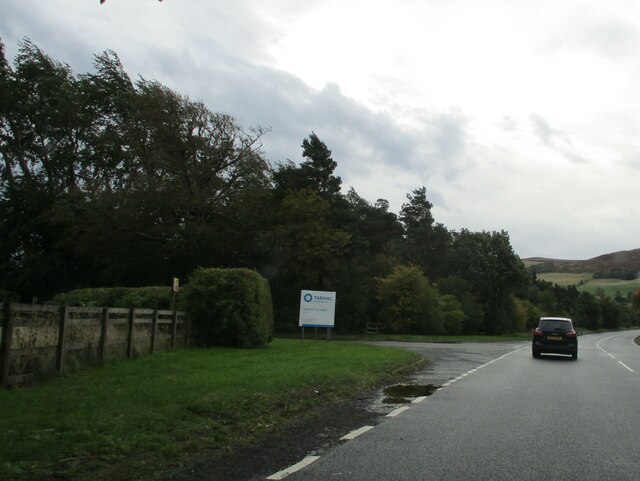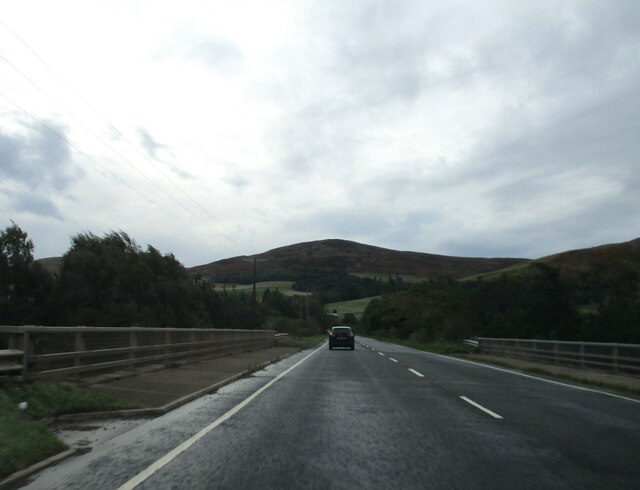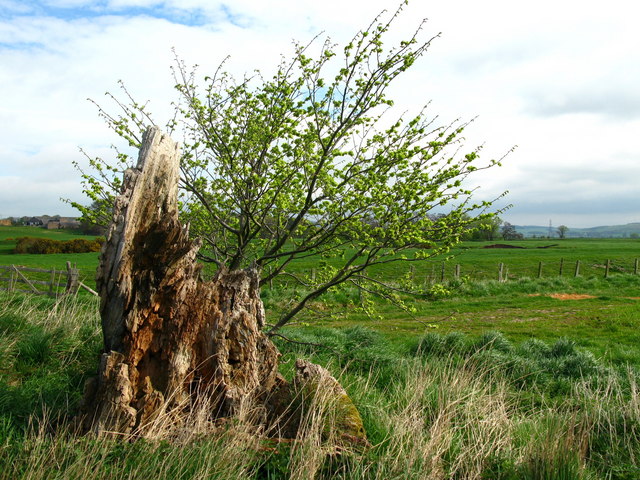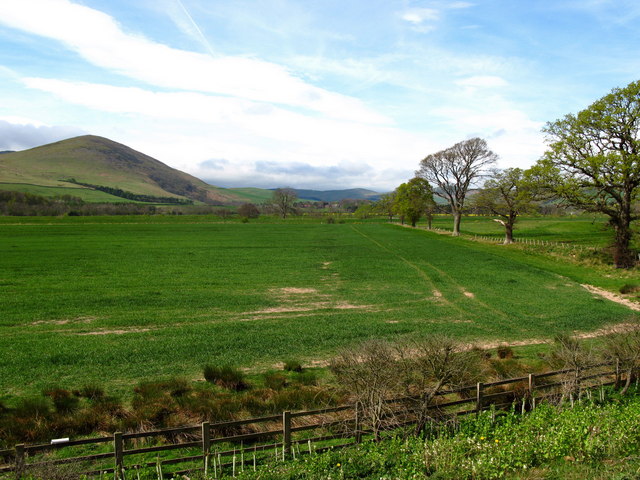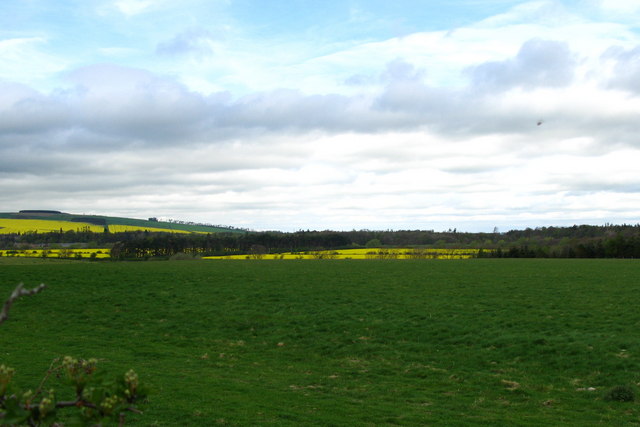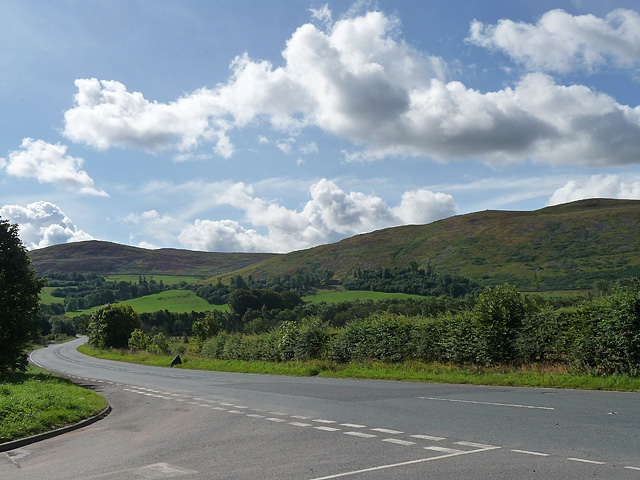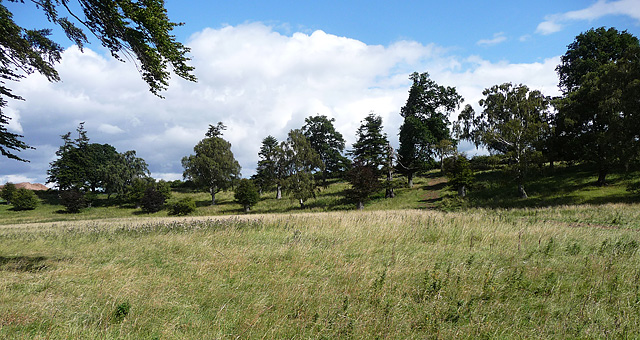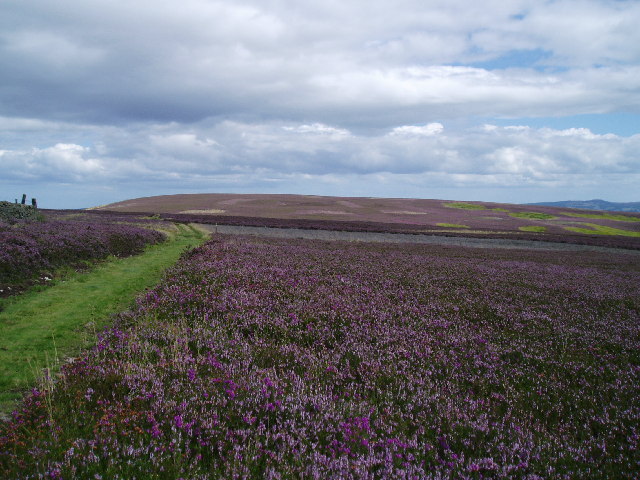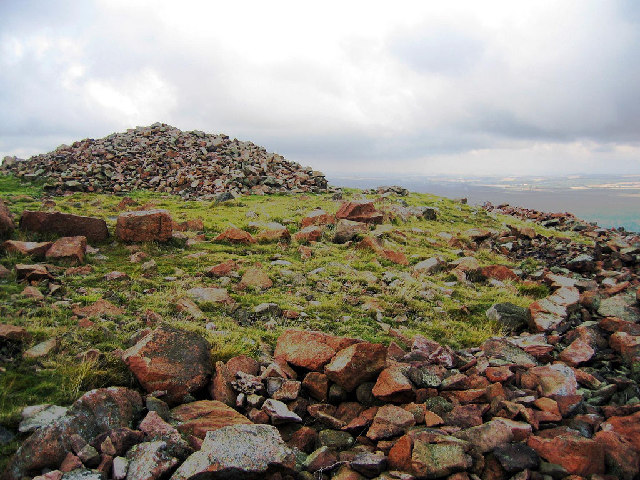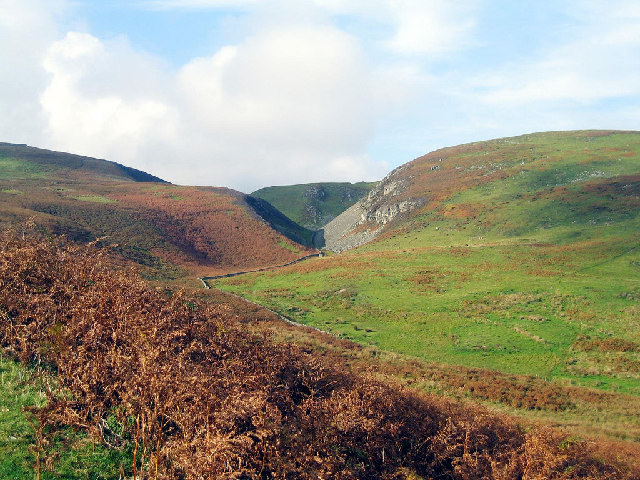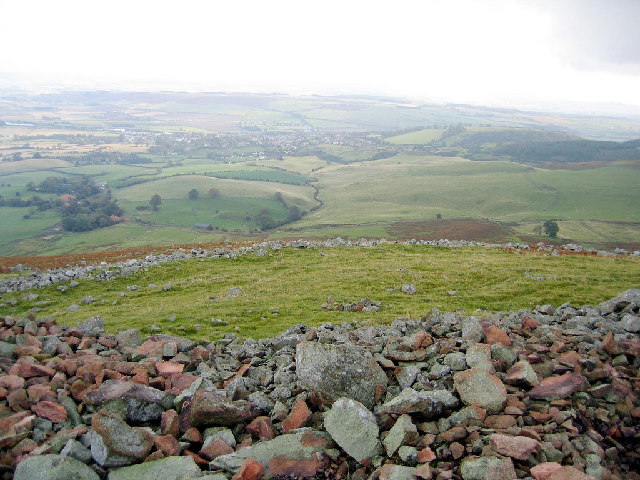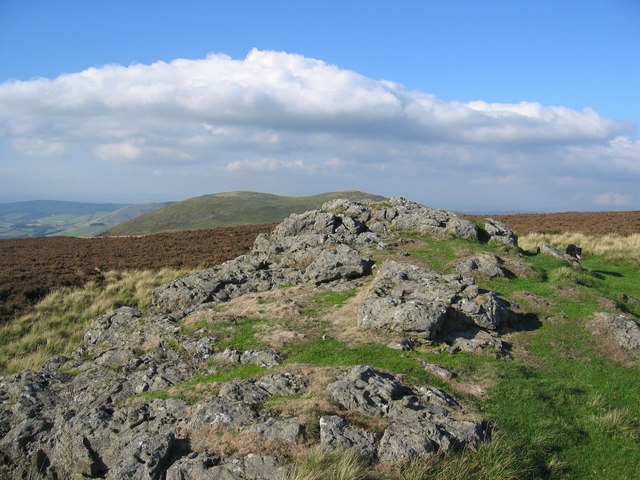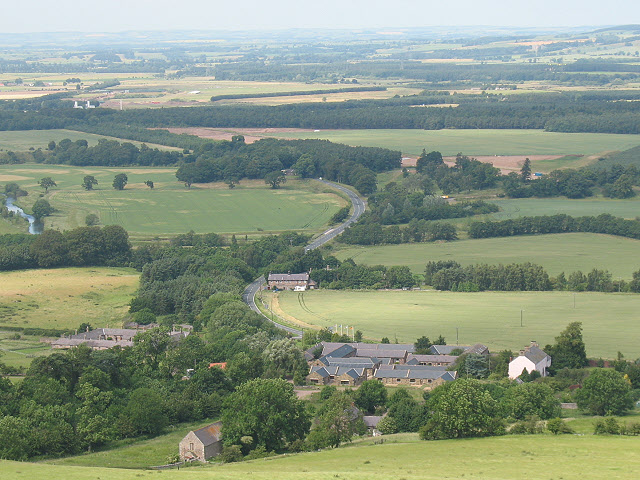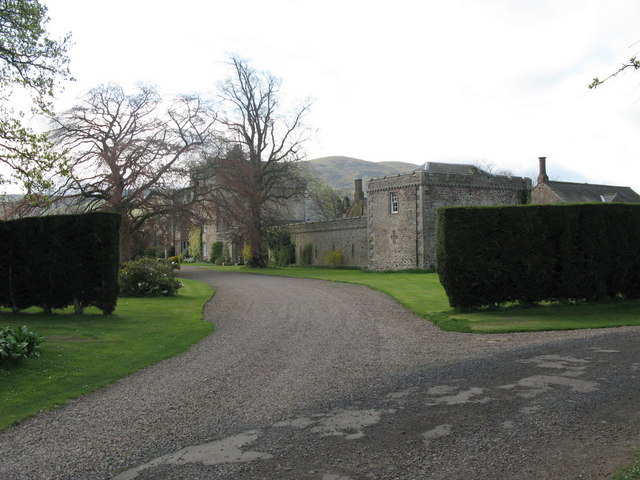Akeld
Civil Parish in Northumberland
England
Akeld
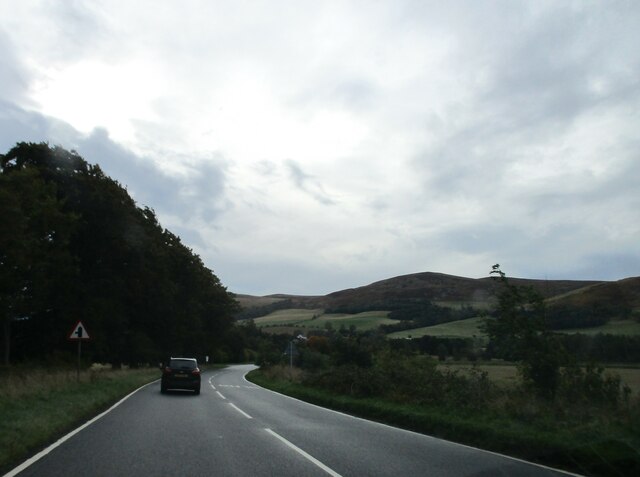
Akeld is a civil parish located in the county of Northumberland, England. It is situated in the north of the country, near the Scottish border. The parish covers an area of approximately 15 square kilometers and has a population of around 100 residents.
The village of Akeld is the main settlement within the parish. It is a small and rural community, characterized by its picturesque countryside and tranquil atmosphere. The village is surrounded by rolling hills, lush green fields, and beautiful woodlands, making it an ideal location for nature lovers and outdoor enthusiasts.
Despite its small size, Akeld offers a range of amenities for its residents. These include a local pub, a village hall, and a primary school. The village is also well-connected to nearby towns and cities, with good road links to the A697 and A6972 roads.
The parish is rich in history, with evidence of settlements dating back to the Neolithic period. There are several historic buildings and landmarks in the area, including the Grade II listed Akeld House and St. Bartholomew's Church, which dates back to the 12th century.
Overall, Akeld is a charming and peaceful parish, offering a rural lifestyle and a strong sense of community. It is an idyllic location for those seeking a quiet retreat in the beautiful Northumberland countryside.
If you have any feedback on the listing, please let us know in the comments section below.
Akeld Images
Images are sourced within 2km of 55.551557/-2.080392 or Grid Reference NT9528. Thanks to Geograph Open Source API. All images are credited.
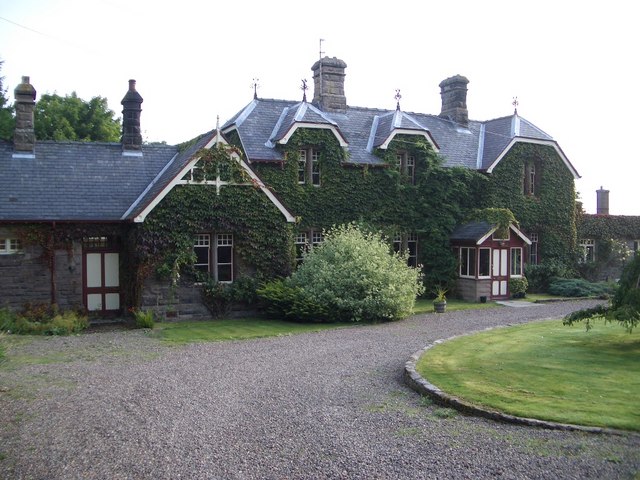
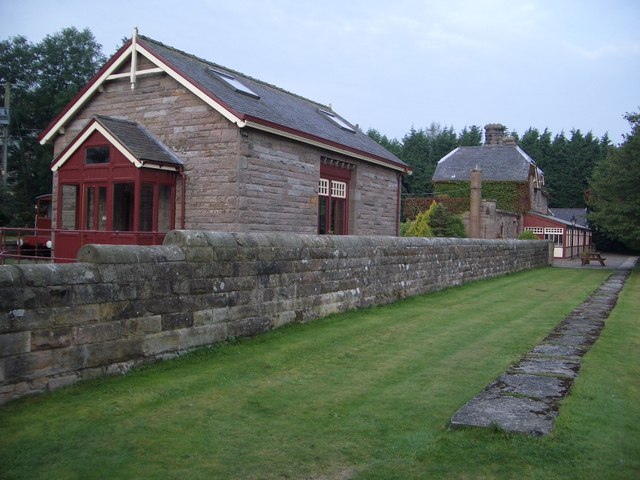
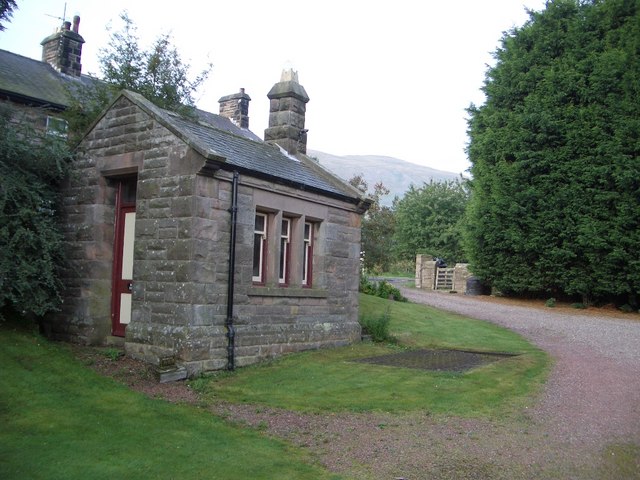
Akeld is located at Grid Ref: NT9528 (Lat: 55.551557, Lng: -2.080392)
Unitary Authority: Northumberland
Police Authority: Northumbria
What 3 Words
///upward.rezoning.caves. Near Kirknewton, Northumberland
Nearby Locations
Related Wikis
Akeld
Akeld is a village and civil parish in Northumberland, England. It is situated around 2.7 miles (4.3 km) to the west of Wooler and 9.3 miles (15.0 km)...
Akeld railway station
Akeld was a stone built railway station serving the hamlet of Akeld in Northumberland, England. It was on the Alnwick to Cornhill Branch which ran from...
Humbleton Hill
Humbleton Hill is a hill in Northumberland, England, about 1.5 miles (2.4 km) west of Wooler. It is the location of the Battle of Homildon Hill of 1402...
Battle of Homildon Hill
The Battle of Holmedon Hill or Battle of Homildon Hill was a conflict between English and Scottish armies on 14 September 1402 in Northumberland, England...
Yeavering
Yeavering () is a hamlet in the north-east corner of the civil parish of Kirknewton in the English county of Northumberland. It is located on the River...
Yeavering Bell
Yeavering Bell is a twin-peaked hill near the River Glen in north Northumberland, England, to the west of Wooler, and forming part of the Cheviot Hills...
Battle of Yeavering
The Battle of Yeavering (or Battle of Geteryne) was fought in 1415 between English and Scottish forces near Yeavering in Northumberland. A small English...
Coupland Castle
Coupland Castle is situated in the village of Coupland, 4 miles (6 km) to the north-west of Wooler, Northumberland, England. It is a Grade I listed building...
Nearby Amenities
Located within 500m of 55.551557,-2.080392Have you been to Akeld?
Leave your review of Akeld below (or comments, questions and feedback).
